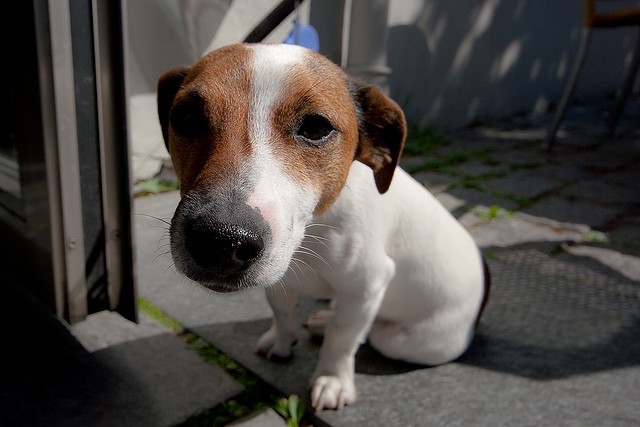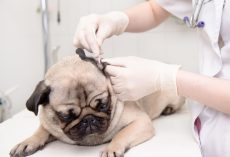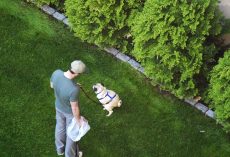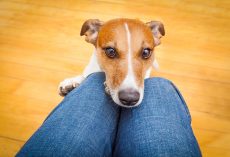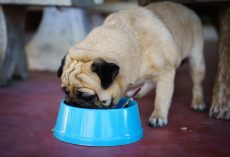If your doggy is rubbing her behind on the carpet, it's time to check and see what's going on. Put on a pair of gloves and look at her behind. Is it red, bleeding, or have anything else going on? It's always wise to speak to your vet, but you may also get an idea of what she may have after reading over the symptoms below from WebMD.
It’s not something any of us wants to see — the beloved family pooch scooting his bottom along the grass, ground, or carpet.
While your instinct may be to chastise your pup, there are good reasons dogs scoot. So, why do dogs drag their bottoms — and what can you do to make it stop?
Why Dogs Drag Their Bottoms: Common Causes and Treatments
Scooting — when a dog drags its anus along the ground — is almost always a sign something is irritating your dog.Anal Sac Problems
Anal sacs can sometimes become abscessed, blocked, or inflamed. Other signs include chewing or licking around the area, swelling around the anus, and trouble defecating. Treating anal sac issues depends on what’s causing the problem.Fecal contamination
A bout of diarrhea can leave a dog dehydrated, weak, and with a messy, matted bottom. Constipation can cause feces to get caught in the hair around your dog’s anus.Worms
Tapeworms are another, though less common, reason dogs may start scooting. Dogs get tapeworms by swallowing worm-infested fleas. Tapeworms are easy to treat with a simple dose of oral or injectable medication.Rectal prolapse
Rectal prolapse refers to part of the rectum — the final portion of the large intestine — protruding through the anus. If you see an elongated, cylindrical mass sticking out from your dog’s bottom, call your vet right away. This is a sign of rectal prolapse.Other Causes of Scooting
The discomfort caused by wounds or tumors can also cause your dog to drag its bottom.Swelling is a significant sign to watch for and can indicate an anal gland tumor.
When to See a Vet
If your canine companion is scooting or persistently licking at the anal area, or if it in any way appears to be uncomfortable or distressed, you should talk to your vet.

